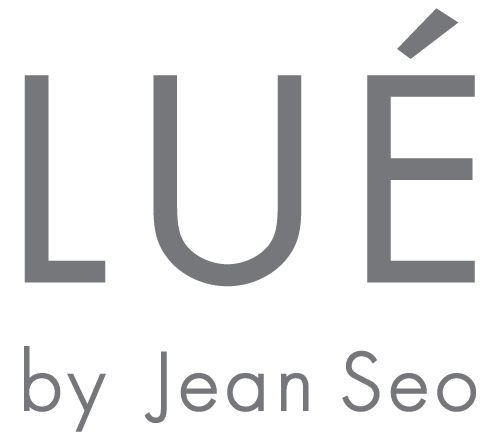Acne, a common skin condition, affects millions of people worldwide, irrespective of age or gender. From adolescents entering puberty to adults battling hormonal imbalances, acne can be physically and emotionally distressing. Understanding its causes, identifying its various types, and adopting effective solutions are essential to managing this skin woe. While numerous products claim to be acne's nemesis, it's crucial to remember that dermatologists hold the key to tailored treatments that yield long-lasting results.
Causes of Acne: Delving into the Culprits
The development of acne is multifactorial, with several interconnected elements playing pivotal roles. Here are some common causes:
- Excess Sebum Production: The sebaceous glands beneath our skin produce sebum, an oily substance meant to lubricate and protect. However, when these glands overproduce sebum, it can clog hair follicles, giving rise to acne.
- Clogged Pores: A combination of sebum, dead skin cells, and bacteria can create an environment conducive to clogged pores. These blockages result in the formation of various types of acne lesions.
- Bacterial Growth: Propionibacterium acnes, commonly found on the skin, can thrive in clogged pores. The resulting inflammation triggers the appearance of acne.
- Hormonal Fluctuations: Hormonal changes, such as those experienced during puberty, menstruation, pregnancy, and menopause, can lead to increased sebum production and subsequent acne outbreaks.
- Diet: While the relationship between diet and acne is still being explored, some studies suggest that high-glycemic-index foods and dairy might influence the development of acne in specific individuals.
- Genetics: Family history can predispose individuals to acne. If both parents had acne, their children are more likely to experience it.
- Stress: Stress prompts the body to release cortisol, which can exacerbate sebum production, potentially leading to acne flare-ups.
Types of Acne: Decoding the Varieties
Acne manifests in various forms, each characterized by different types of lesions. Understanding these types helps in devising effective treatment plans:
- Comedonal Acne: This type of acne is characterized by comedones, which are non-inflammatory lesions. Open comedones, known as blackheads, have widened follicle openings with darkened debris, while closed comedones, or whiteheads, are covered by a thin layer of skin.
- Inflammatory Acne: Involves red, swollen, and sometimes painful lesions. These can range from papules (small, red bumps) and pustules (pimples with a white or yellow center) to nodules (large, painful lumps) and cysts (painful, pus-filled lumps).
- Cystic Acne: Among the most severe forms, cystic acne results in large, inflamed cysts that can lead to scarring if not managed promptly. It often occurs deep within the skin and can be very painful.
- Hormonal Acne: Common among teenagers and women experiencing hormonal fluctuations, this type concentrates around the jawline and chin. Hormonal acne often includes deep, painful cysts.
- Acne Mechanica: This type arises due to friction, pressure, or heat on the skin, often from items like tight clothing, helmets, or backpack straps. Athletes and individuals using equipment that traps sweat are particularly prone to this type of acne.
Practical Solutions: Navigating the Path to Clearer Skin

Many products and remedies claim to combat acne, but not all deliver the desired results. Consulting a dermatologist is a critical step in designing a personalized treatment plan. Some practical solutions include:
- Topical Treatments: Over-the-counter (OTC) products containing benzoyl peroxide, salicylic acid, and alpha hydroxy acids can help unclog pores and reduce inflammation. Dermatologists can recommend prescription-strength topicals like retinoids for more stubborn cases.
- Oral Medications: Antibiotics, hormonal contraceptives (for females), and isotretinoin (a potent retinoid) are some oral medications that dermatologists might prescribe based on the severity and type of acne.
- Professional Procedures: Dermatologists offer an array of in-office procedures such as chemical peels, microdermabrasion, and laser therapy to address acne and reduce scarring.
- Lifestyle Modifications: Adopting a balanced diet, staying hydrated, managing stress through techniques like meditation, and practicing good hygiene can all contribute to managing and preventing acne outbreaks.
- Avoiding Squeezing: Popping or picking at acne lesions can worsen inflammation, prolong healing, and increase the risk of scarring. Hands-off is often the best policy.
- Hygiene: Using gentle, non-comedogenic skincare products and washing your face twice daily can help maintain skin health.
The Dermatologist: Your Ally in the Battle Against Acne
While it's tempting to try various over-the-counter remedies, dermatologists are the most qualified professionals to diagnose the type and severity of your acne and tailor a treatment plan accordingly. Their expertise ensures that you're saving time and money on products that might exacerbate the issue or provide only temporary relief.
Dermatologists conduct thorough assessments, taking into account your skin type, medical history, and lifestyle. This approach leads to personalized treatment plans that target the root causes of acne, ultimately yielding more effective and longer-lasting results. Moreover, they can monitor your progress, adjust as needed, and provide guidance on preventing scarring or other potential complications.
We Recommend

Clear
A special blend of 12 anti-inflammatory herbs that absorb deep into blemishes to fight infections under the skin, such as hormonal acne. It reduces the size and duration of blemishes. Learn more about it.
SEE ALSO: Less Is More, Adopt “Skinimalism” And Pamper Yourself With Clean Skincare
Featured image by Anna Nekrashevich


